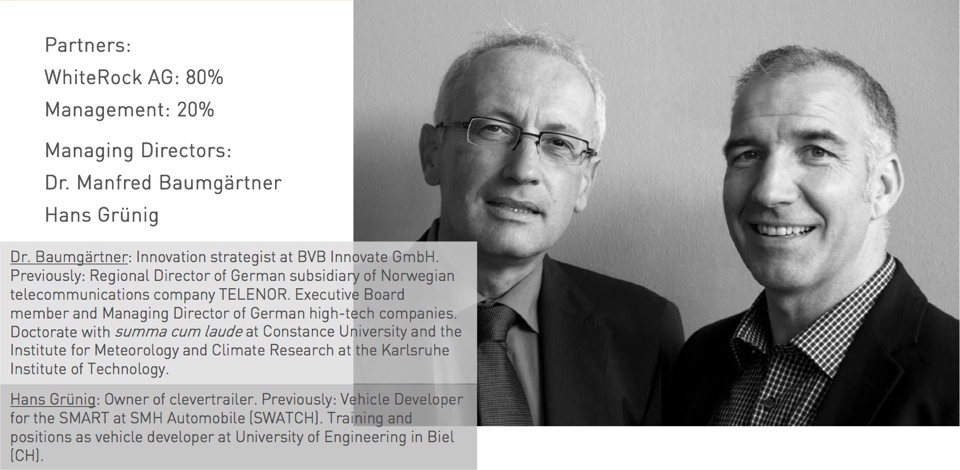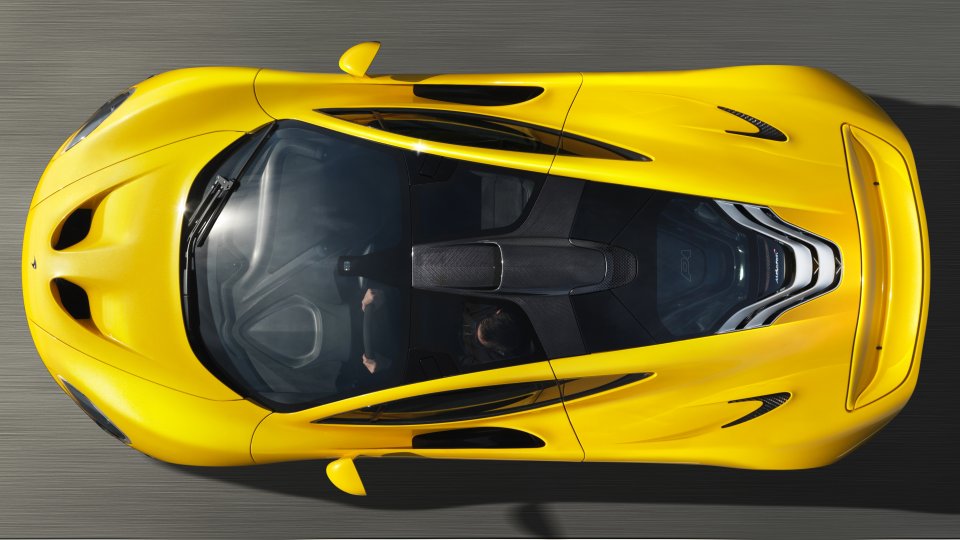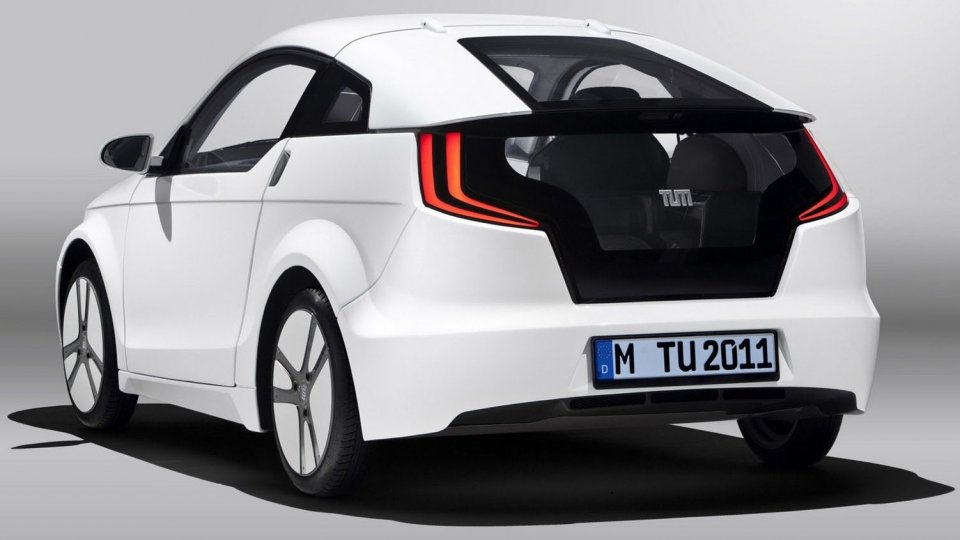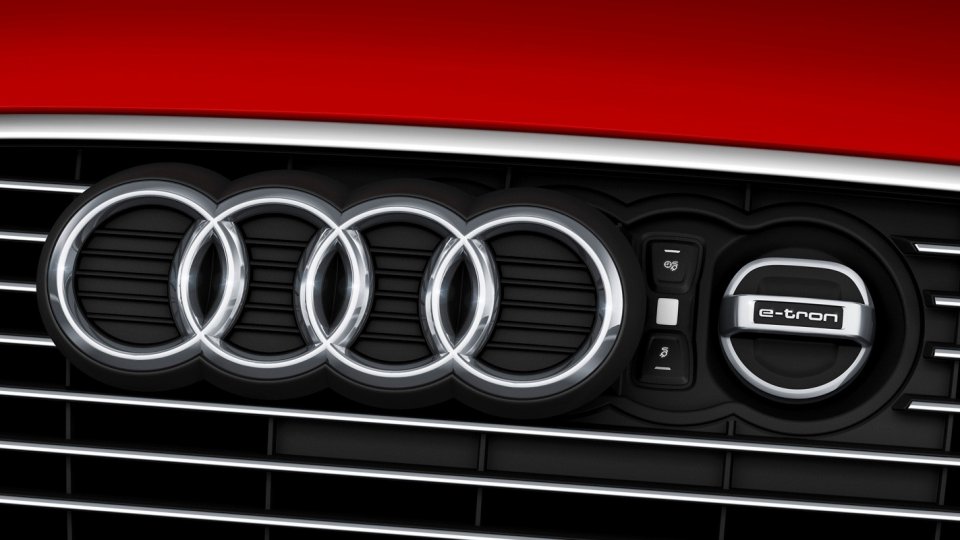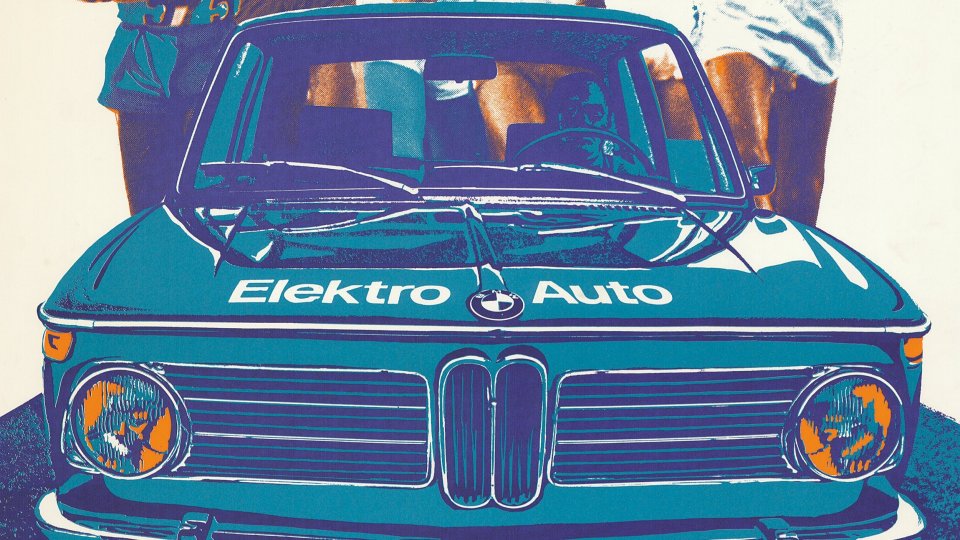Tow your own power…
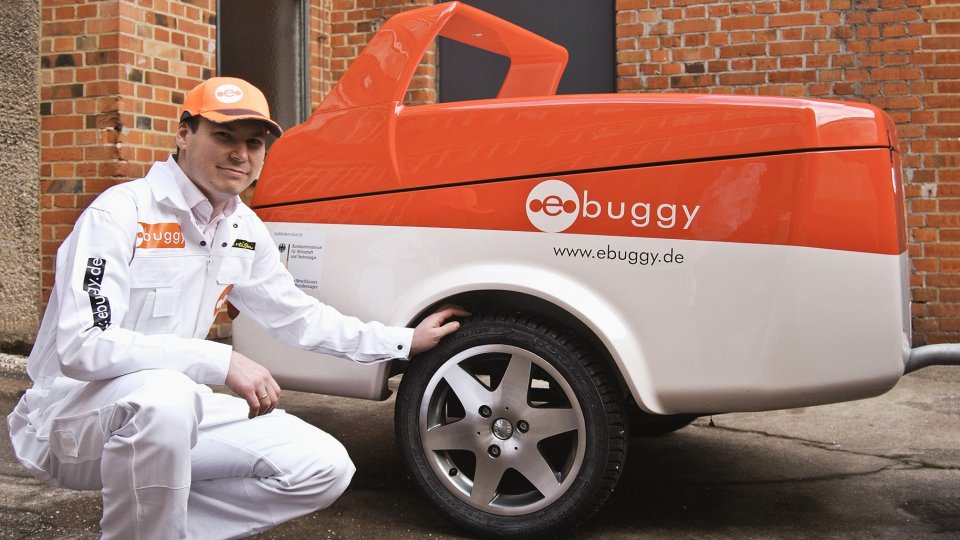 While decidedly not elegant, this idea is highly logical and therefore possibly viable: a German firm intends to offer pre-charged battery trailers to allow longer trips with electric vehicles.
While decidedly not elegant, this idea is highly logical and therefore possibly viable: a German firm intends to offer pre-charged battery trailers to allow longer trips with electric vehicles.
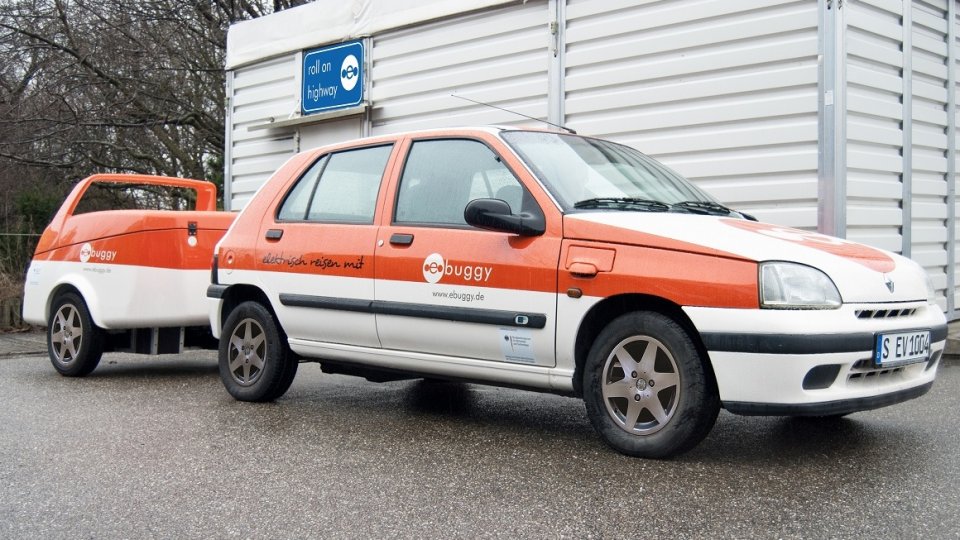
The entire concept is so obvious we simply cannot imagine why automakers haven't thought of this earlier. Well, actually, we can: the concept visualised by the German firm E-Buggy is only suitable for diehard fanatics of e-transportation – which is just as well since these are the only type of people buying electric vehicles these days.
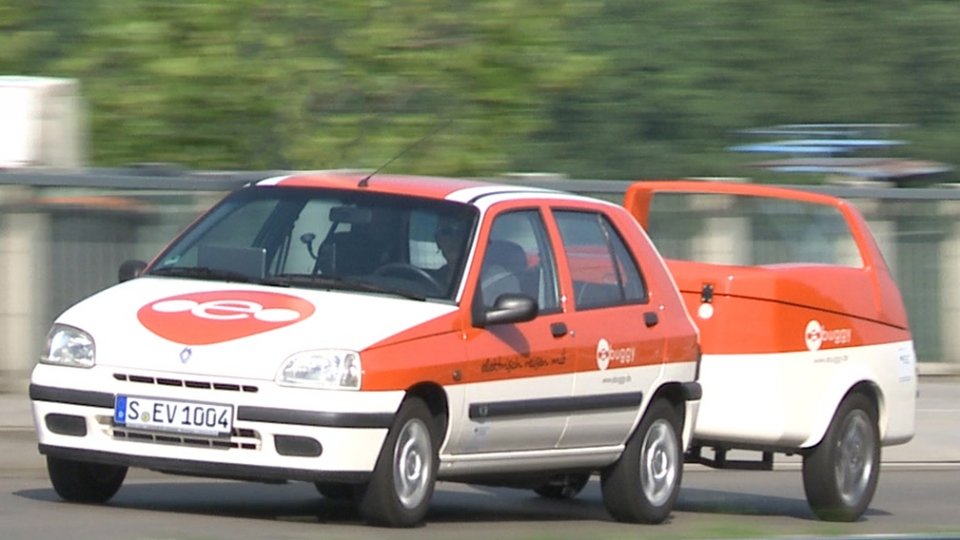
The idea is simple and straightforward. The primary obstacle for e-mobility is the limited power storage capacity of electric vehicles. You simply cannot fit a passenger car with a battery pack large enough to enable an autonomy of over 100-150 kilometres. Therefore most users drive their cars within city limits, which means they prefer smaller vehicles, thereby further limiting the possibilities of developers.
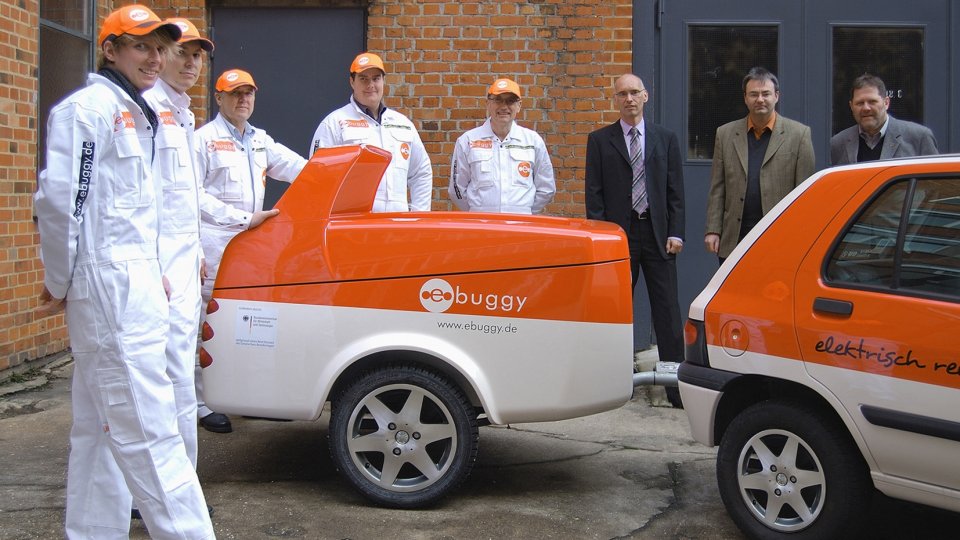
This vicious circle cannot be broken without external assistance – and external it is indeed. As envisaged by E-Buggy, trailers equipped with pre-charged batteries would be readily available at filling stations, allowing for four hours of continuous driving at no more than 100 kph. This should be plenty to get from one city to another even in Germany. After the driver arrives he or she leaves the trailer at a dedicated station, and (because they system overrides the car's own battery pack) continues driving on a fresh charge of its own. That's it. Brilliant.

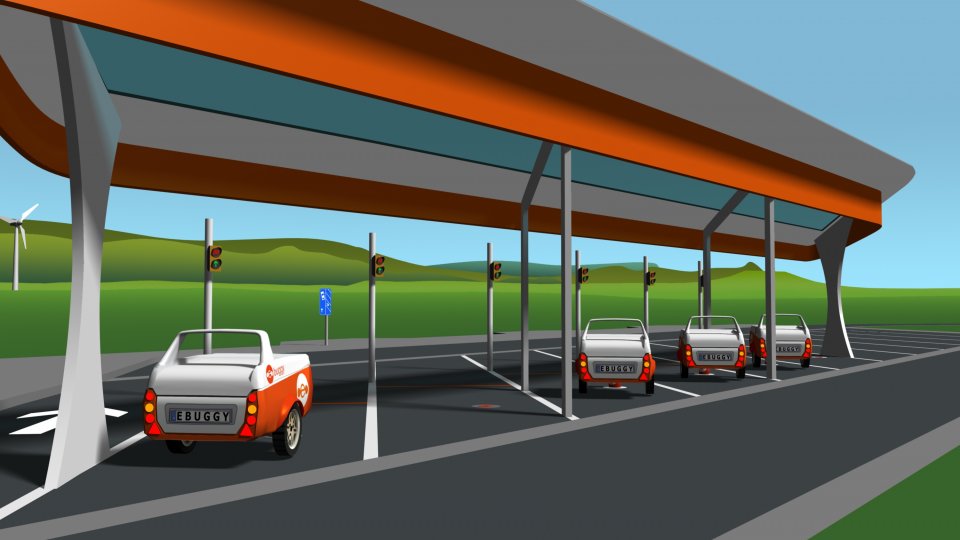
Simple as it may sound, towing your own electricity does take some preparation. First, the company modifies the vehicle, installing a tow bar, necessary cables and a monitor that allows both the user and the service provided to keep track of the energy used.
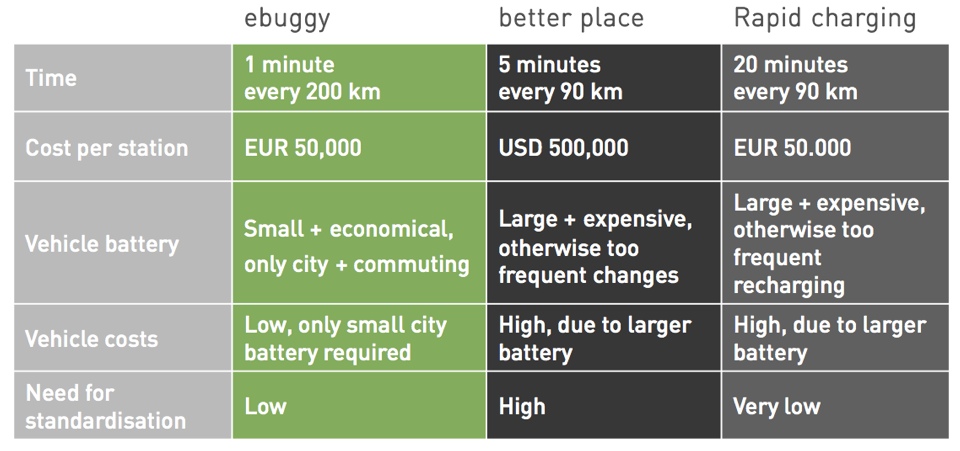
While the E-Buggy is still in its conceptual phase, it has been very well received – but whether or not it actually works in real life remains to be seen. Previous projects based on a similar idea (such as the city runabout equipped with an extra self-contained, driven rear axle) proved to be stillborn – but of course that was before the renaissance of the electric car.
